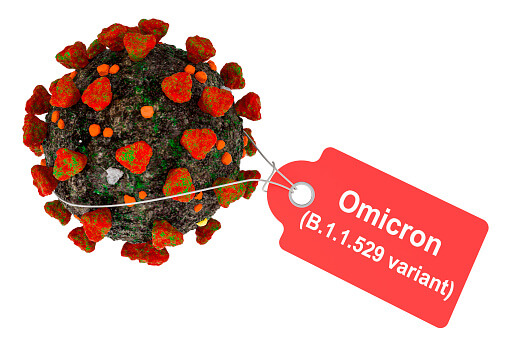Omicron Phase 3 – What does it look like?
General / 24 February 2022

With case numbers rapidly rising, New Zealand is now in phase three of the Omicron Response. This move changes the definition of close-contact and changes to the current testing process with a higher use of rapid antigen tests (RATs).
Close-Contacts
Household contacts and people with symptoms are the only people now required to get a test for COVID-19. Close contacts no longer need to isolate.
RATs
RATs will be more readily available to pharmacies, community testing centers, workplaces and GPs. This will allow more frequent and efficient testing for those with symptoms, household-contacts or workers who require a negative test to continue working.
Healthcare workers and critical workers who are identified as a household-contact but are asymptomatic are able to use ‘return to work’ RATs.
Key Takeaways
- Anyone who tests positive for COVID-19 must isolate for 10 days
- Household-contacts need to isolate until the COVID-19 positive individual completes 10 days isolation
- Close-contacts only need to isolate if they develop symptoms.
Message for Employers
It is important that employers have an established contingency plan to manage the likelihood of COVID-19 affecting the workplace. Employers should have protective measures in place, ensuring they are complying with the Ministry of Health guidelines including good hygiene practices, mask wearing, COVID-19 tracing and physical distancing where possible.
If you’re not already well prepared with employees clear on what Omicron means for them in the work context, we can help, including reviewing any existing policies to update for current circumstances.
Disclaimer: We remind you that while this article provides commentary on employment law, health and safety and immigration topics, it should not be used as a substitute for legal or professional advice for specific situations. Please seek legal advice from your lawyer for any questions specific to your workplace.